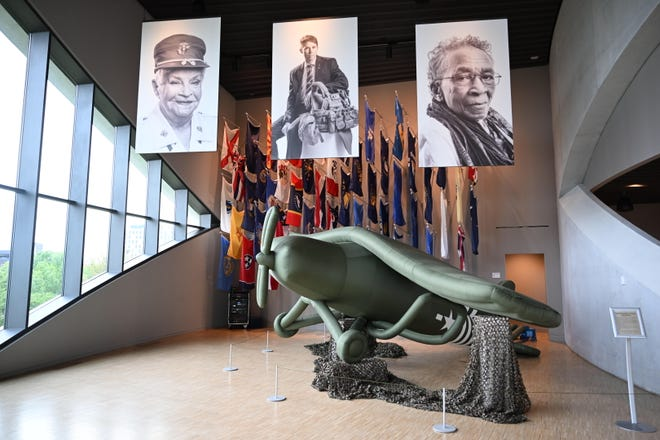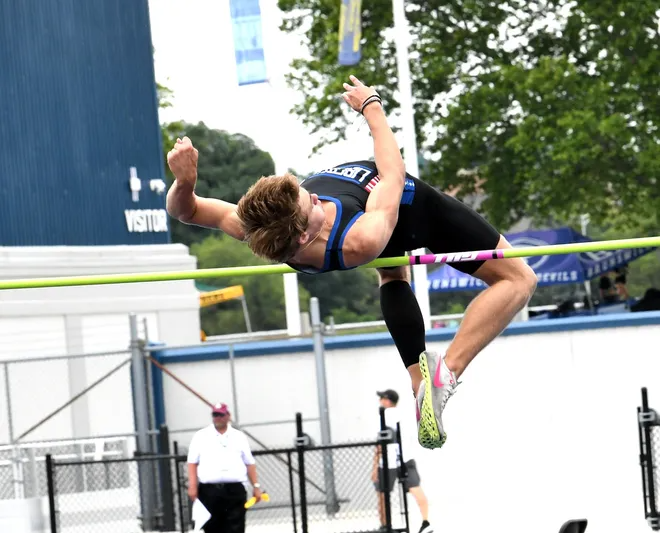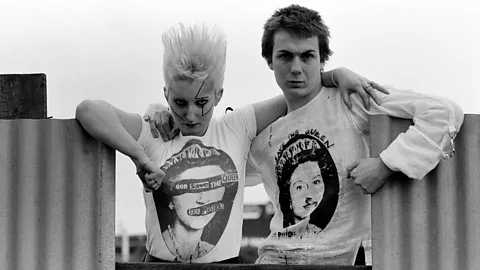o some, Brian Flechsig’s new boat might seem like an odd choice for fly-fishing. It’s not an Adirondack guide boat, with a gleaming wooden hull and caned seats. Or a sleek poling skiff for hunting bonefish in the Caribbean flats. It’s a bass boat, the muscle car of freshwater fishing, and Flechsig opens the throttle as soon as we clear the marina at Alum Creek Reservoir.
On this early May morning, we skim the flat surface at 50 miles per hour, with Flechsig answering questions over the roar of the 150-horsepower Mercury outboard as he searches for a sheltered cove that isn’t already claimed by some other angler. The Ranger bass boat has more than 19 feet of aluminum hull from the transom to the bow, where a trolling motor hangs next to the forward swivel chair. Flechsig, founder and owner of Mad River Outfitters in Columbus, is indeed fishing for bass today, but he won’t let the style of a boat define it.
“It’s a ‘whatever I’m fishing for that day’ kind of boat,” he shrugs. “It’ll probably be mostly a muskie boat,” he adds, referring to the popular nickname for the large, toothy game fish formally known as muskellunge.
To the uninitiated (and statistically, that probably includes most readers), using a fly rod to target muskellunge in a Midwestern reservoir from the swivel seat of a bass boat may seem perfectly reasonable. But for devotees of the niche sport of fly-fishing, it’s an unorthodox way to spend a day on the water, to say the least. Not too many years ago, it might have been blasphemy.
Flechsig, however, has built a successful business by ignoring, if not downright flouting, the tropes of his beloved pastime: mountain streams, bamboo rods, woven basket creels and a dainty speck of feather-dressed hook drifting lightly on the surface of a river before it’s gobbled up by a hungry trout. Nearly 30 years ago, when Flechsig first opened a fly shop in a strip mall on Columbus’ Northwest Side, the reaction of many in the industry was astonishment, if not ridicule — an outmoded view that hasn’t completely disappeared. Even today, Flechsig observes, “People say, ‘You run a fly shop out of Columbus, Ohio?’”
Indeed, he does, and Mad River Outfitters has become one of the largest independent dealers in the country for fly-fishing tackle, with a cult following on YouTube and a global customer base online. He and his staff regularly host trips to Brazil, Labrador, Louisiana, Montana and Alaska. His brick-and-mortar shop—much larger now, but still housed in the Olentangy Plaza shopping center on Bethel Road—draws people from all over the country, and he’s established ancillary businesses such as Midwest Fly Fishing Schools, Ohio Fly Fishing Guides and Mad River Travel. His staff and industry peers say his success is based on an egalitarian attitude with his customers, an agnostic approach to fish species and his work as a tireless educator of and advocate for the sport.
“Fly shops have a reputation for being snooty places, where if a beginner walks in and asks basic questions, they ignore you,” Flechsig says. “We are the antithesis of that. It doesn’t matter who you are or your skill level. Everyone is welcome at MRO, and you can learn to fly-fish. It doesn’t have to be expensive; it doesn’t matter where you live; and it doesn’t have to be for trout.”
The finesse of fly-fishing
A word about fishing with a fly rod: Of the roughly 50 million Americans who fish, the great majority practice the more familiar method—using a rod, spinning reel and live or artificial bait heavy enough to unspool nearly weightless monofilament fishing line.
In 2019, about 7 million of those anglers reported using long, lightweight fly rods and a fly line, which is much thicker than standard fishing line and weighted with a coating of PVC. In fly-fishing, the weight of the line is used to carry a lightweight fly out over the water, where it lands with a more delicate presentation. Casting a fly rod requires more finesse than strength, especially when fishing in fast-moving water. Handled skillfully, long loops of line dance elegantly overhead for a moment before the line is released and unwinds smoothly until the fly settles softly onto the water. Novices, however, often find they’ve wrapped the long loops of line around a tree, the rod or maybe their head.
The most commonly targeted freshwater species include trout, salmon and other members of the family of fish known as salmonids. Fish that thrive in cold water and dominate rivers and lakes in mountains or northern latitudes. Fishing flies, sometimes hand-crafted by the angler, can be works of art: concoctions of feathers, fur and yarn created to imitate aquatic insects or small fish. For the true purist, the dry fly—a featherweight creation that floats on the water’s surface—is the pinnacle of the art form, because coaxing a fish to rise to the surface requires a convincing fly and a soft landing.
“We lived at the junction of great trout rivers in western Montana, and our father was a Presbyterian minister and a fly fisherman who tied his own flies and taught others,” begins the novel “A River Runs Through It,” by Norman Maclean. “He told us about Christ’s disciples being fishermen, and we were left to assume, as my brother and I did, that all first-class fishermen on the Sea of Galilee were fly fishermen and that John, the favorite, was a dry-fly fisherman.” In 1992, Maclean’s book was adapted into a movie, starring Brad Pitt, that gave fly-fishing its broadest exposure and presented a vision of the pastime that continues to dominate today.
Fairly or not, fly-fishing has often been viewed as the province of the affluent, perhaps because it has, for 160 years, most commonly been represented by Orvis, the Vermont-based lifestyle brand that also peddles $350 memory foam dog beds. Enhancing the reputation is the fact that fly-fishing was, and still is, often practiced at exclusive, private trout clubs, which buy land along streams and restrict them to their members alone.
From the beginning, Flechsig pushed back against the exclusiveness of the sport, says Kelly Galloup, an old friend and one of Flechsig’s earliest mentors. Galloup, who runs a fly shop and guide service on Montana’s Madison River, started his career half a century ago in Michigan, when trout and salmon were the only fish worthy of pursuit, and the dry fly was the only fly a respectable fly angler would tie on the end of his line.



































